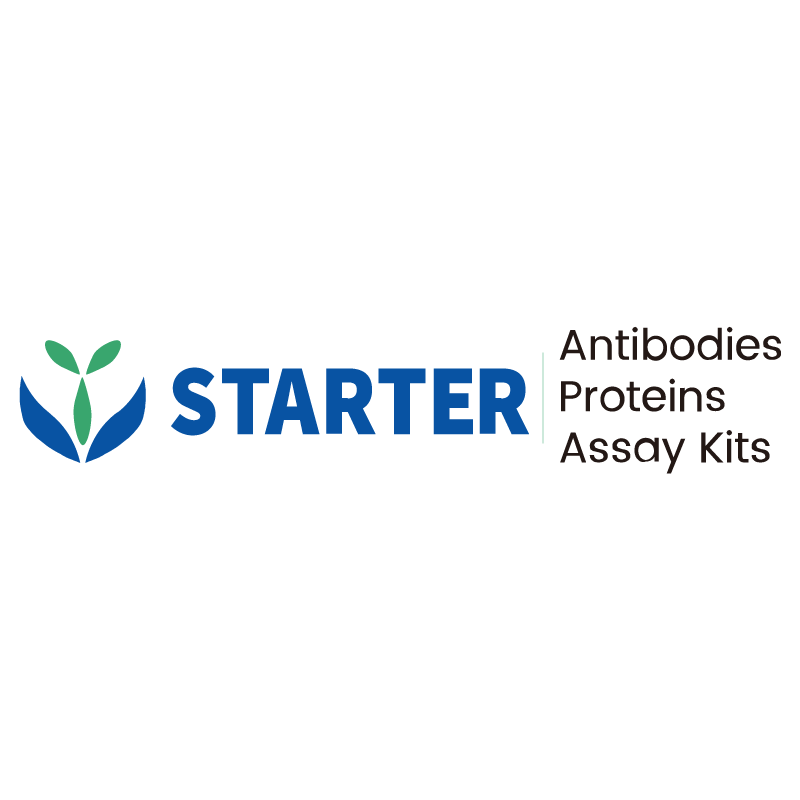Flow cytometric analysis of human PBMC (human peripheral blood mononuclear cells) labelling Human CD161 Antibody at 1/200 (1 μg) dilution/ (Right panel) compared with a Mouse IgG1, κ Isotype Control / (Left panel). Goat Anti-Mouse IgG Alexa Fluor® 488 was used as the secondary antibody. Then cells were stained with CD4 - Brilliant Violet 421™ Antibody separately.
Product Details
Product Details
Product Specification
| Host | Mouse |
| Antigen | CD161 |
| Synonyms | Killer cell lectin-like receptor subfamily B member 1; C-type lectin domain family 5 member B; HNKR-P1a (NKR-P1A); Natural killer cell surface protein P1A; KLRB1; CLEC5B; NKRP1A |
| Location | Membrane |
| Accession | Q12918 |
| Clone Number | S-R581 |
| Antibody Type | Mouse mAb |
| Isotype | IgG1,k |
| Application | FCM |
| Reactivity | Hu |
| Positive Sample | human PBMC |
| Purification | Protein G |
| Concentration | 2 mg/ml |
| Conjugation | Unconjugated |
| Physical Appearance | Liquid |
| Storage Buffer | PBS pH7.4 |
| Stability & Storage | 12 months from date of receipt / reconstitution, 2 to 8 °C as supplied. |
Dilution
| application | dilution | species |
| FCM | 1:200 | Hu |
Background
CD161 is a C-type lectin-like receptor and a type II transmembrane protein, widely expressed on various lymphocytes, including natural killer (NK) cells, CD4+ T cells, CD8+ T cells, and mucosal-associated invariant T (MAIT) cells. It functions as a co-stimulatory molecule, influencing T cell receptor (TCR)-dependent responses. CD161+ T cells are enriched in the gut and exhibit enhanced cytokine production. However, the exact mechanisms of CD161 are still controversial, as it may have both promoting and inhibitory roles in T cell activation. Additionally, CD161 is associated with transcriptional and functional phenotypes across different T cell lineages, with some conserved features among these subsets.
Picture
Picture
FC


